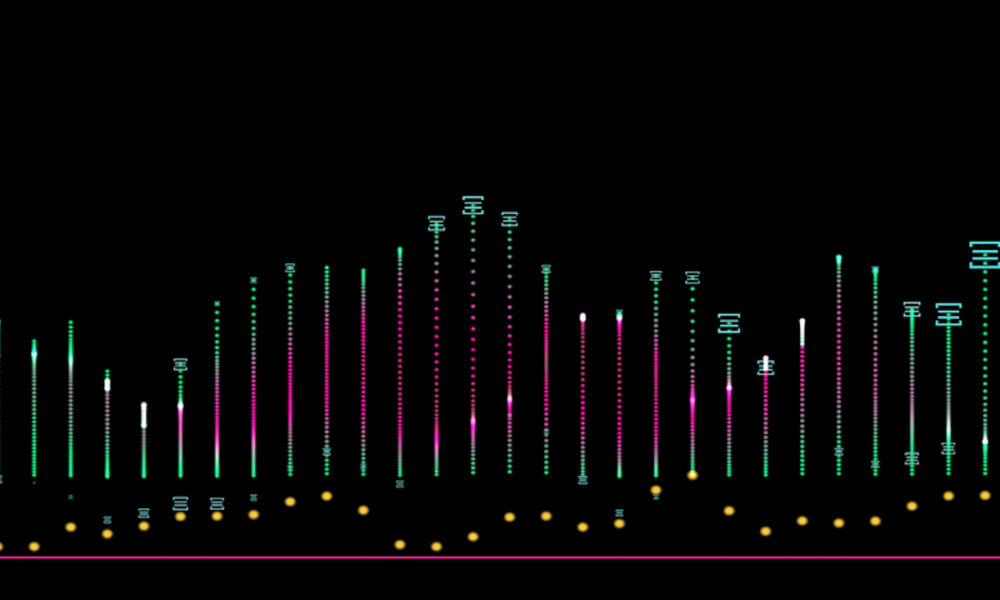Jessie A Ellis
Nov 13, 2025 13:51
Glassnode and Keyrock explore Bitcoin and Ethereum’s differing roles as stores of value, examining supply dynamics and utility within the crypto market.
In a collaborative analysis, Glassnode and Keyrock delve into the evolving roles of Bitcoin (BTC) and Ethereum (ETH) as stores of value within the digital asset landscape. Utilizing Glassnode’s on-chain data, the research highlights how these leading cryptocurrencies exhibit distinct supply behaviors and utility profiles, according to Glassnode.
Bitcoin: A Dominant Store of Value
Bitcoin continues to assert its position as a primary store of value, with over 61% of its supply remaining dormant for more than a year. This low-velocity characteristic reinforces Bitcoin’s role as a savings asset. The report notes that Bitcoin’s daily turnover is a mere 0.61%, underscoring its attractiveness to long-term holders.
Ethereum: Utility and Store of Value
Ethereum, on the other hand, showcases a dual role. Approximately 25% of ETH is locked in staking and ETFs, indicating its utility as both a reserve asset and a productive one within decentralized finance (DeFi). Ethereum’s supply rotates at nearly double the rate of Bitcoin’s, suggesting a more dynamic capital base.
Supply Dynamics and Institutional Trends
The analysis further reveals a significant decline in exchange-held balances for both BTC and ETH, as assets shift to institutional custody and ETFs. Bitcoin exchange balances have decreased by around 1.5%, while Ethereum’s have plummeted from 29% to 11.3%. This migration into institutional wrappers supports Bitcoin’s low-turnover profile and Ethereum’s role as productive collateral.
Implications for Investors
The contrasting behaviors of Bitcoin and Ethereum suggest they should be treated as distinct investment categories. Bitcoin remains optimal for those seeking a low-velocity asset, while Ethereum offers a unique blend of reserve and growth characteristics, appealing to those interested in both exposure and ecosystem participation.
This comprehensive analysis by Glassnode and Keyrock provides valuable insights for institutional investors and professional allocators, emphasizing the need to consider the structural shifts in supply dynamics when modeling liquidity risk and portfolio strategies.
Image source: Shutterstock
Source: https://blockchain.news/news/bitcoin-ethereum-diverging-store-of-value-dynamics


